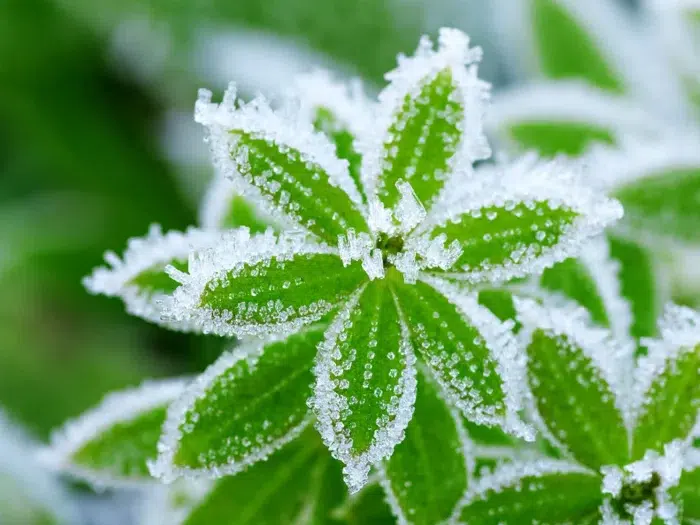Plants after the rollercoaster winter: The good, the bad, the ugly.
Rollercoaster winter? Yes, that is right! This past winter had it all weather wise. December started good and typical, but then temperatures decided to turn Atlanta into Alaska for a few days. We experienced frost biting temperatures not seen in more than 20 years in Georgia. Followed by intense rains in January, the balmy Florida weather in February had birds singing in the winter and many trees flowering 3 to 6 weeks earlier. To finish the ups and downs and twisty curves of this unpredictable weather, plants that were severely burned by the polar vortex temperatures sprouted early and got wacked again – double whammy – by frosty weather in March. You may be wondering, will plants recover from a freeze? Well, the end result of this turbulent weather is joyful, scary and perhaps deadly for some plants.
The Good
Let’s start with the joyful. This was a phenomenal year for tulips. One of my gardening books says “Tulips hate the south”, but not in 2023. The cold weather did the trick to make the pretty tulips extra beautiful this season. Same goes for the yellow Forsythias that bloomed much longer this season, and Saucer Magnolias. Indeed, the latter bloomed twice for some folks.
I have over 3000 daffodils and they also put on a show this year. My Poeticus daffodils are still in bloom. Quinces also bloomed gorgeously.
The Bad
Now, the scary. I have never seen so many defoliated tea olives. The lush green foliage from these fragrant beauties turned burnt brown after the severe cold. Tea olives are perhaps the ones that got hit with the double whammy unusual cold. Just when they were starting to make a comeback, the frost bit them once again. Many now look unsightly, and plain ugly. But the really scary part is how many calls and texts I got from people asking me if their shrubs are indeed dead. I believe that most well-established tea olives, and other evergreen shrubs that experienced some burn will make a comeback.
Azaleas are showing some signs of life; gardenias are a little behind; some camellias look like wounded warriors (and may have some amputated branches). Some well-established Loropetalums (aka, ubiquitous purple shrubs) got their foliage burned. But on the other end, their flowers were way showier this year without the purple backdrop. On the perennial side, we saw cast iron plants, autumn ferns, and Lenten roses with horribly burned foliage. However, if you cut them to the ground they will sprout again. For the most part all these shrubs and perennials will be back to their normal selves by mid-summer.
The Ugly
Nevertheless, not every plant out there will rise from the frozen ashes like phoenixes. Will plants recover from a freeze? Sometimes the answer is no, and we indeed had some regrettable losses. Thus, it is time to talk about death. If you think your rosemary looks dead, it certainly is. Everywhere I look these herbal fellows look soulless. What a pity! Recently planted gardenias and camellias may have also bitten the dust. Pittosporums and soft caress Mahonias, not the thorny ones, may have reached the end of the road. But before you pull the plug on them, look at the bottom of the plant and see if you notice some tiny leaves. If you do, then you may have a Phoenix. After this incredible rollercoaster ride, I am glad it is spring again. Let’s help the wounded, bury the dead, and grow something new.
Thank you,
Beto
If you have additional questions about plants freeze recovery, or would like to schedule service, contact Designed Landscapes or call 770-313-1022. We’re always happy to help!






